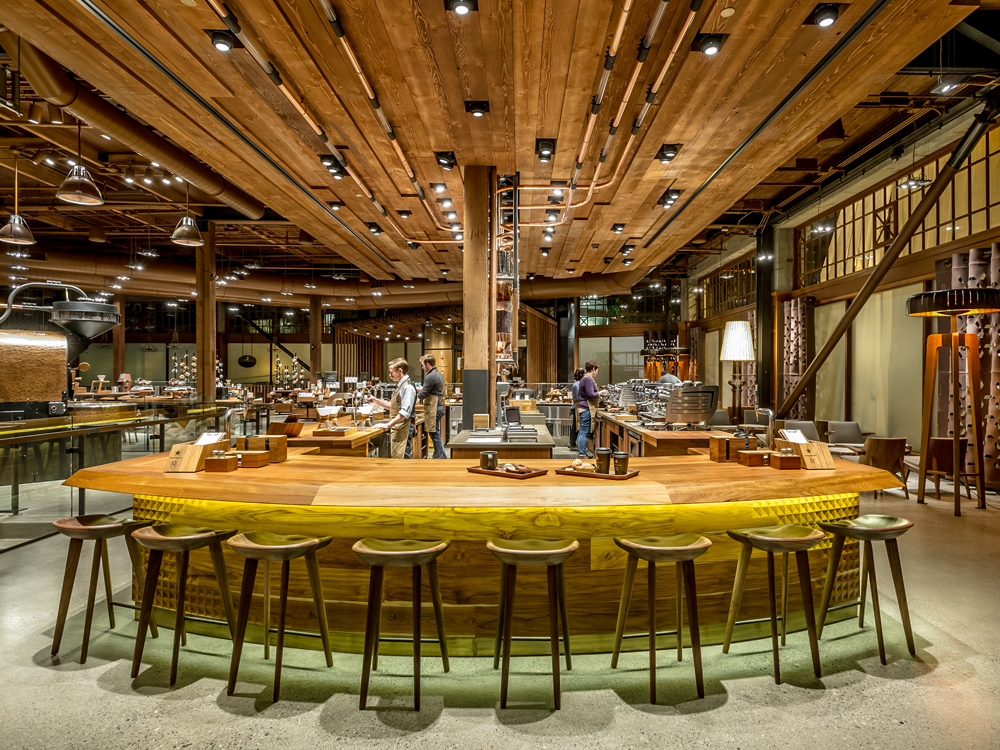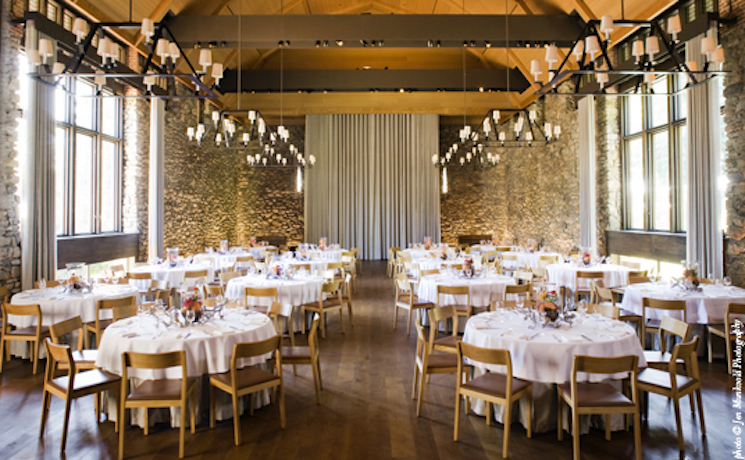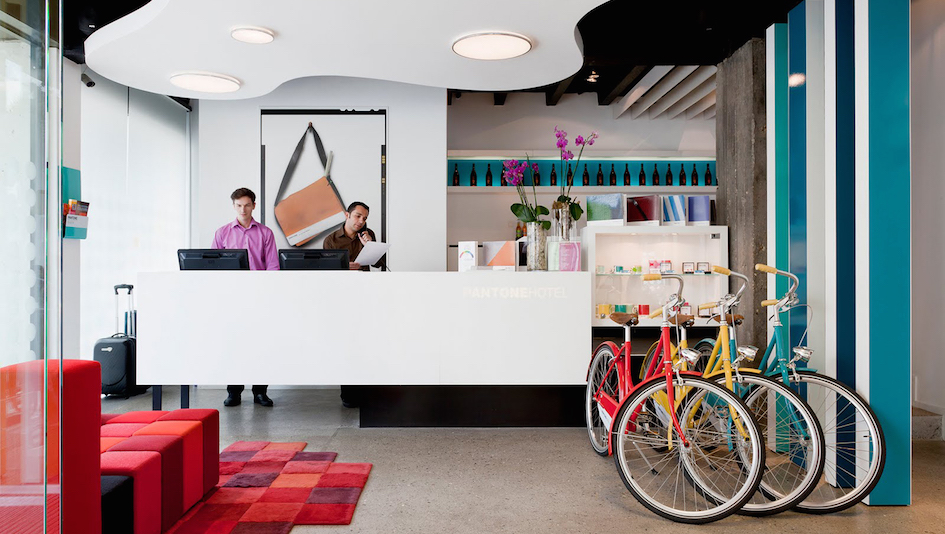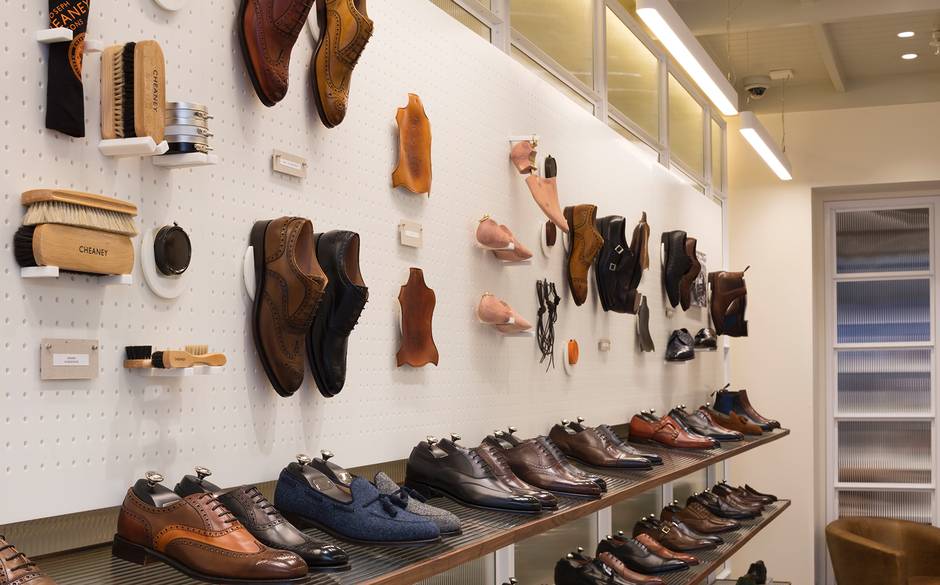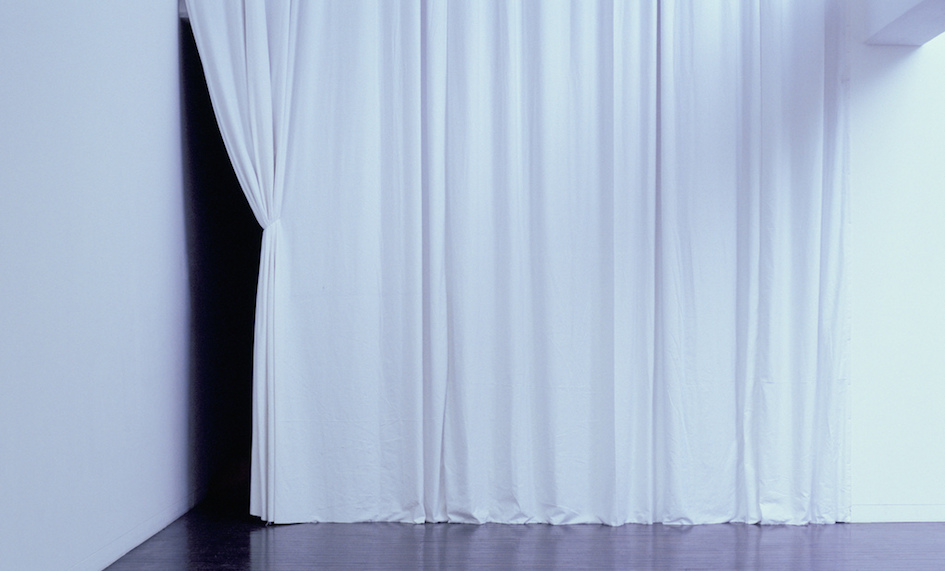
It started off with nutritional information, morphed into rating systems and reviews on websites, and now the celebration of process—a byproduct of the “maker culture” phenomenon— has infiltrated how brands are designing their experiences. More and more customers are demanding deep information about the products they are evaluating, just at a time when many businesses are harnessing big data to reveal patterns about their customers. As part of this trend, brands are becoming more transparent, celebrating the products they produce in engaging and unprecedented ways, and enhancing public understanding of their offerings through design. Simply put, they’re allowing consumers to take a peek behind the curtain.
Food and Beverages: Farm Tables and Coffee Shrines
The food and beverage industry has perhaps embraced this approach the most, inviting customers inside the factory as a way of showing origination, authenticity, and quality. The scale of the trend spans from larger chains like Starbucks and Whole Foods to the explosion of bespoke farm to table restaurants.
Starbucks’ new Reserve Roastery and Tasting Room in Seattle is “a one-of-a-kind coffee shrine” that “celebrates the art, science and craft of truly inspired coffee.” Visitors can see coffee beans roasting, learn all about a range of reserve Starbucks beverages, and shop for beautifully designed, industrially inspired coffee accessories. Similarly, Dublin’s Guinness Storehouse celebrates the production process of their signature beer, and Wholefoods—a pioneer of this type of product information communication—has pushed it even further. Their national “Values Matters” campaign is supported by some well-designed brand activations, the most impactful being a digital screen in the café that displays Instagram feeds showing the fields of local farms that supply that specific store.
At new restaurants nationwide, information about where the greens from the salad were grown and where the steak was butchered and by whom is being displayed with greater frequency. Blue Hill at Stone Barns elevates the vernacular of farming with perfectly rough floors, stone walls, and ceilings supported by exposed industrial steel beams in the shape of a barn loft supports. “A farmer’s feast has no menus (at least not the traditional kind). Instead we’re creating multi-course tastings around the day’s harvest,” they say. Their mantra is supported by traditional illustrations of plants and animals seemingly ripped from the farmers almanac.
Consumer Goods: That Pantone Color Is So You
Similarly, consumer goods brands are harnessing the presentation of information and process in unique and educational ways.
Pantone, a brand known primarily to design professionals introduced itself to a mass audience by making color production a celebrated commodity. You couldn’t care less about a red mug, but that Pantone 186 C Red mug is a different story. It’s you. And you know the color number because Pantone doesn’t just use the color, they use the exact design from their color chips for products and packaging consistently. You can find it at Sephora for your eyeshadow, at Lowes for your walls, and even coordinate your swim trunks, courtesy of the Pantone Universe Colorwear. This brand evolution has done more than open the flood gates for new, licensed revenue streams. It’s given the public a new way to speak about color, from a professional perspective.
SEE ALSO: Feeling Blue? Or Green? Or Red? The Pantone Hotel Has The Color For You
Samsung recently launched a new website of simple, digestible product stories, featuring everything from their design demographic research for the Galaxy Core phone, refined pencil sketches of new product and packaging concepts, and the strategies behind formal and functional design decisions they’ve made. Professionally packaged and easy to navigate, the site succeeds in making a new connection with Samsung’s audience. On the other end of the spectrum, the Joseph Cheaney Flagship Store in London exhibits the heritage and craftsmanship of fine shoe making through beautifully curated artwork, displayed along the walls and windows of the shop. Shoppers are completely enveloped in an appreciation of material, skill, and information.
In the coming year, the celebration of process will continue to take precedence over the well-designed final product. It’s a big opportunity for the branding profession: in order for consumers to be able to digest this additional information in an already overloaded world, it will need to be very carefully designed.
Images:Thomas Weidenhaupt, Starbucks, Whole Foods, Blue Hill at Stone Barns, Pantone Hotel, Joseph Cheaney
